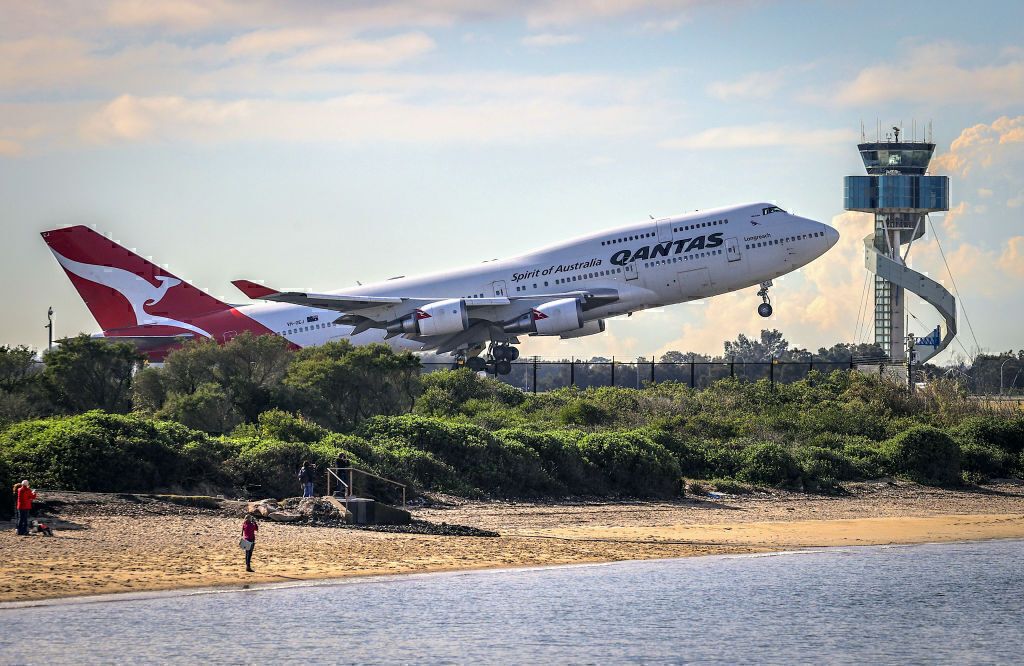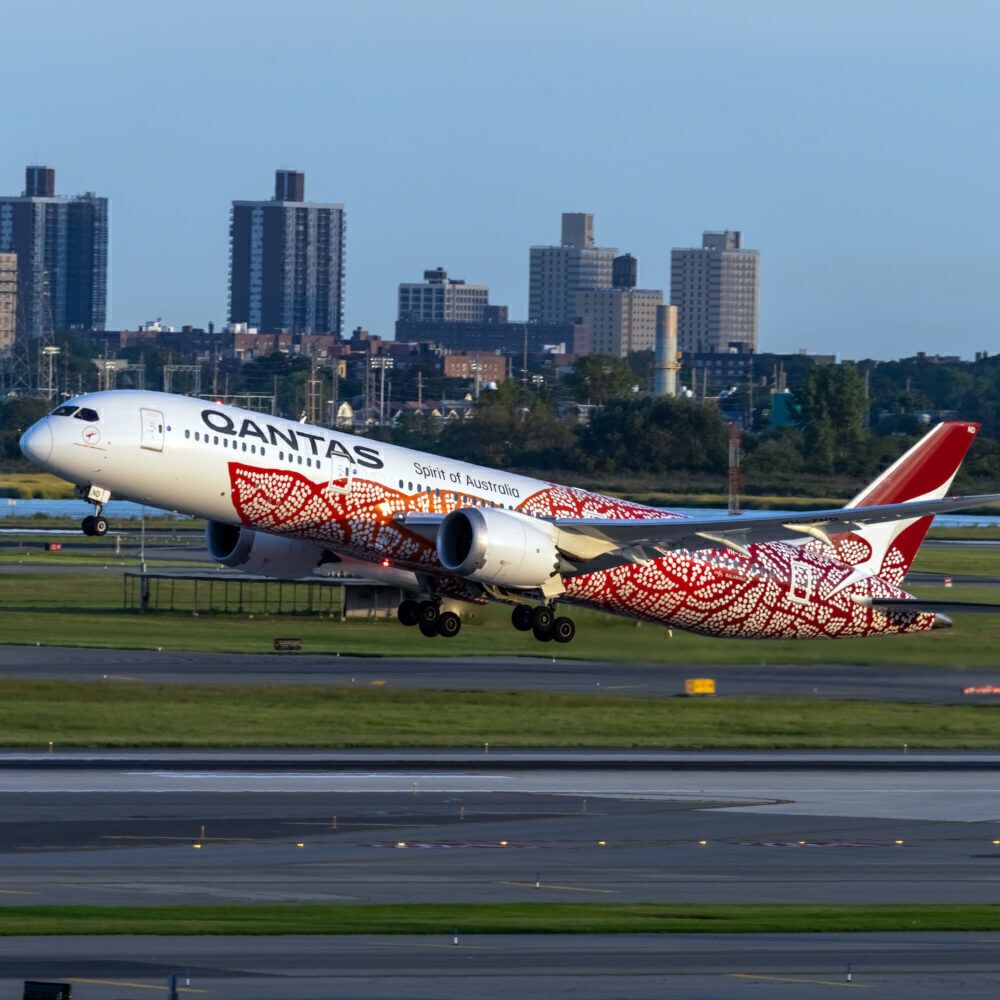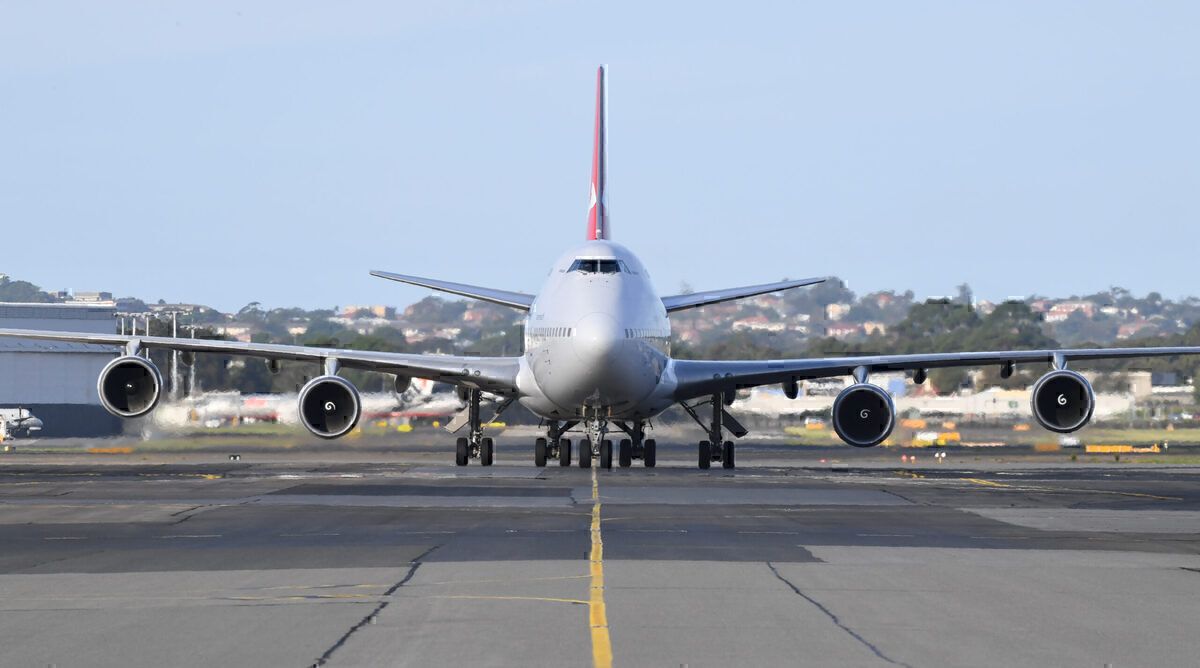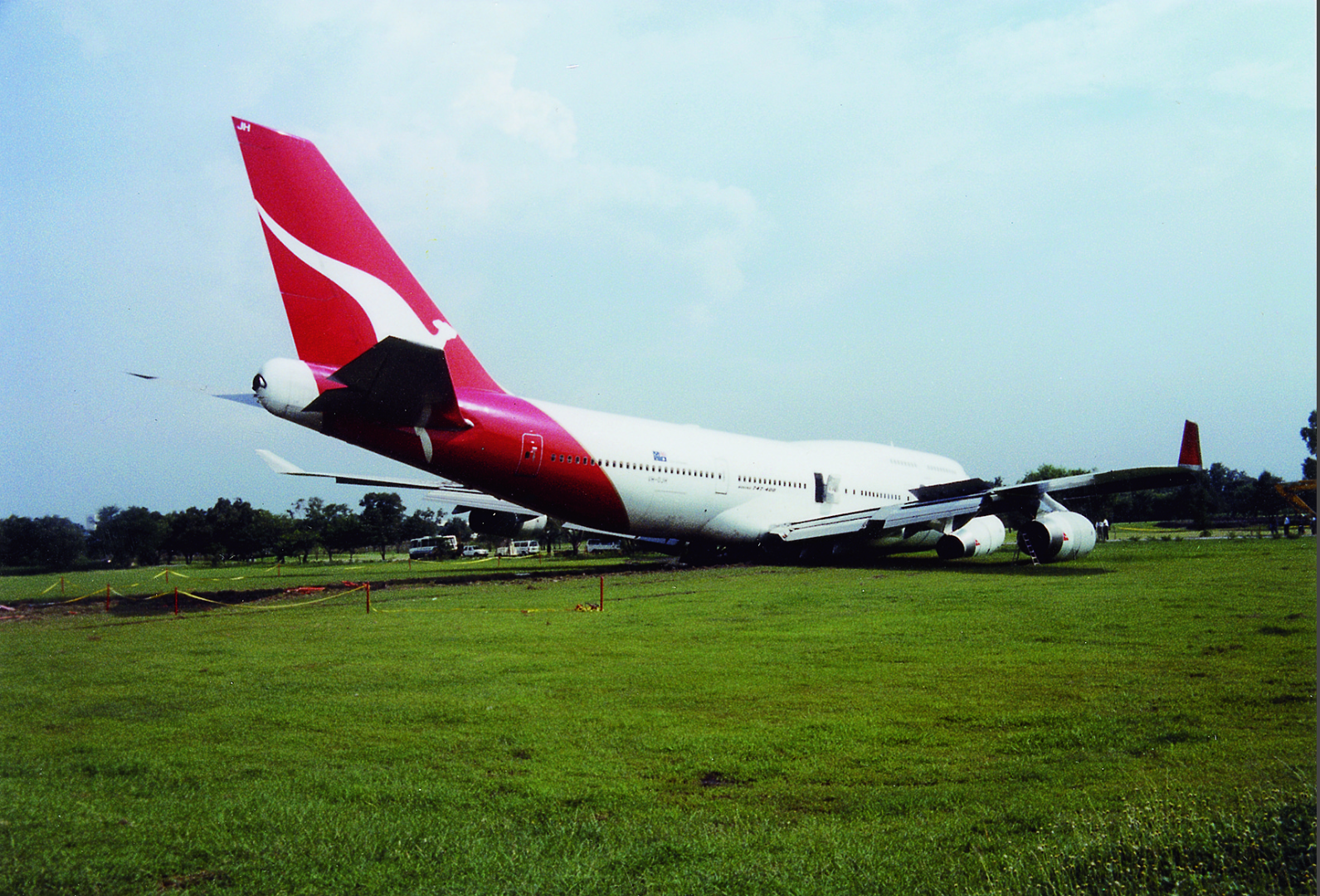Aircraft incidents are typically never caused by just one thing but by a plethora of contributing factors. Whether natural human factors or a simple maintenance oversight, it can sometimes be life or death in aviation. In the case of Qantas Flight 1, a lack of training, risk management, and miscommunication led to an aircraft traveling well beyond the runway after landing and crashing into a ground antenna.
Flight details
It was September 23, 1999, and a nine-year-old Qantas Boeing 747-438 – registered VH-OJH – was on its way from Sydney to London, also known as the Kangaroo Route. But during a stopover at Don Mueang International Airport in Bangkok, Thailand, the aircraft experienced multiple issues, which led to a runway excursion.
Senior Check Captain Jack Fried operated the aircraft, which carried 410 people onboard, including 19 crew members and 391 passengers. Four Rolls-Royce RB211-524G engines powered it.
The plane departed Sydney at 16:45 local time that day and, after about eight hours, began its descent towards the Thailand airport at 22:45 local time.
Approaching the runway
According to the official Australian Transport Safety Bureau (ATSB) report, released in April 2001, as the aircraft approached the runway, the weather conditions “deteriorated significantly,” providing the crew with minimal visibility.
Before the Qantas aircraft arrived, a Thai Airways Airbus A330 could land normally, and another Qantas 747 – flying from Sydney to Rome – conducted a go-around before landing. A go-around is when the aircrew decides not to continue a landing for different reasons by conducting another approach or diverting to another airport. In this case, the go-around was initiated due to poor visibility. The Qantas Flight 1 crew was not aware of this.
The first officer was the handling pilot of the flight, according to the ATSB. The crew opted to use flaps 25 and idle reverse thrust upon landing (in line with standard company procedures). As it got closer to the runway, about 200 feet above, the crew noticed they were entering a heavy storm.
The ATSB said at that point, the jet began to deviate from the typical landing limits, such as passing over the runway threshold at 169 knots and 76 feet above the ground.
The landing
The 747 was now ten feet above the runway, and the captain instructed the first officer to perform a go-around due to the worsening conditions. The ATSB said the first officer then advanced the engine thrust levers as the mainwheels touched down, 636 meters beyond the ideal point.
But this is where miscommunication became a significant contributing factor to the incident. The captain decided to cancel the go-around by retarding the thrust levers without telling anyone. The report said:
“The captain immediately canceled the go-around by retarding the thrust levers without announcing his actions. Those events resulted in confusion amongst the other pilots and contributed to the crew not selecting (or noticing the absence of) reverse thrust during the landing roll. Due to a variety of factors associated with the cancelation of the go-around, the aircraft’s speed did not decrease below the touchdown speed (154 kts) until the aircraft was 1,625 m or halfway down the runway.”
During the landing roll, the aircraft tires also began to aquaplane (hydroplane), which is when water on a runway, at least 3mm deep, builds up on the wheels and causes a loss of traction. The ATSB said the aquaplaning, plus the lack of reverse thrust, meant there was “no prospect” of the crew controlling the aircraft within the runway after touchdown.
In a Qantas report named ‘Landing Overruns-Human Factors’ later released, the crew said they felt no deceleration when landing, even after applying maximum force on the brake pedals. With the plane still traveling at high speeds well beyond the time it should have slowed down, it drove beyond the runway into grassland and crashed into a ground antenna.
How it all went wrong
The investigation found multiple reasons that led to the incident. Let’s look at some of the biggest ones.
As mentioned earlier, the pilot initiated the flaps 25 idle reverse thrust procedure, which was correct in good conditions. Flaps are high-lift devices on the wing that reduce speed during take-off and landing. For landing, they are typically between 25-40 degrees. But in this case, the weather called for the flaps to be at 30 full reverse thrusts. The ATSB said:
“This had the characteristics of a lower approach speed, of being easier to fly in terms of speed control and runway aim point (for most company pilots), and of providing maximum aerodynamic drag after touchdown when the effectiveness of the wheel brakes could be reduced because of aquaplaning. Had this configuration been used, the overrun would most probably have been avoided.”
Qantas also said in the report that a significant issue was that the crew “failed” to use “appropriate risk management” amid landing during those weather conditions. Qantas noted it was possibly due to insufficient training. The company also blamed the confusion over who had control as a reason it turned sourly quickly.
Stay informed: Sign up for our daily and weekly aviation news digests.
The aftermath
Miraculously, there were no fatalities caused by the incident, other than 38 passengers reporting minor injuries. Around 20 minutes after the landing, a regular evacuation was performed.
However, the aircraft took on severe damage. Its nose and right wing collapsed, and the two right wing engines were damaged. While Qantas did not disclose an exact figure, it cost the carrier less than AU$100 million in repairs, which was significantly cheaper than buying a new 747 at the time.
Repairing and returning the aircraft to service also helped Qantas maintain its record of having no hull-loss accidents upon the rise of the Jet Age at the time, which also meant the carrier could uphold its safety reputation.
In late 2000, Qantas introduced various changes to its operational training, hazard identification, risk management, change management, procedure design, and the decision-making process.
Sources: ATSB report, Qantas report





.png)
.jpg)